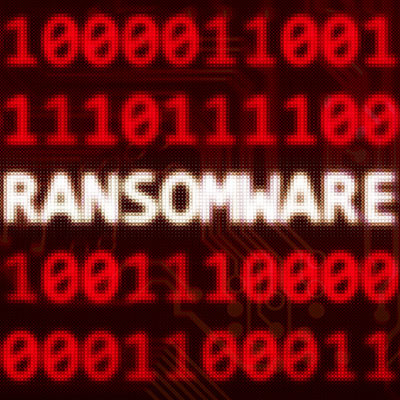IC Data Communications LLC Blog
This is How Ransomware Works to Ruin Your Business
Ransomware is one of the worst situations that any business could have to deal with. It not only holds your data or computing infrastructure for ransom, it also creates situations where you have to explain to your clientele that you’ve been breached and that their information has fallen into the hands of scammers looking to extort your business. This month, we thought we would take you through a ransomware attack to give you an idea of just how unpleasant it is.
Ransomware Usually Starts With Phishing
Phishing is the number one way that hackers gain access to your business’ network and infrastructure. The process includes sending messages to your staff that creates a subterfuge to get them to give over personal information or login credentials to your network. After they get in, they will then deploy the malicious code that will lock down files or full drives.
The Ransom is the Point
When ransomware is deployed the ransom will be up front and center. Typically, it will communicate the demands of the hackers and then have an integrated timer. Presumably, this is the amount of time you have to make a decision on whether or not to pay the ransom fee. These ransom demands are always payable in Bitcoin or some other type of cryptocurrency, but can you really trust someone that is willing to hold your organization’s data hostage to not continue to extort your business, or worse, ruin files if you decide the best course of action is to not pay the fine? Probably not.
What You Need to Do, Should You Get Infected
I know it might sound redundant or even contrived, but if you happen to become a victim of ransomware, you can’t panic. Of course, your first instinct will be to panic, but you need to get through that quickly and keep a level head because it's going to take some focus to get out of this situation.
The first action you should take is to take a picture of the ransomware message. This is because you will likely need it later to restore your data and to prove that you’ve been hacked to law enforcement. You’ll then want to immediately turn the computer off and unplug it from the network and from the power outlet it was plugged into. If you leave the computer online, it exponentially enhances the risk that other devices will be infected, making the whole situation that much more difficult to navigate.
The next action is to notify your IT department. Technology professionals, like our technicians at IC Data Communications LLC, may be able to obtain a solution to this problem that will unlock data by getting in contact with security vendors that they work with. If your business has cybersecurity insurance, you will want to contact them at this stage as well (if your IT management team doesn’t do this for you). You will also want to speak with legal representation to cover your bases.
At this point, it’s a waiting game. What you shouldn’t do is sit on a ransomware attack. You need help to remediate the situation and the fear of ridicule or loss of reputation shouldn’t supersede your acknowledgment of this fact. You also shouldn’t quickly pay the ransom with the hope that this will go away. If it is just a fear tactic, your IT management team will expose this; but on the chance that your data or systems are encrypted, you will want more eyes on it to ensure you make the right decisions for your business.
Ransomware is Scary
Make no mistake, if your business is the victim of a legitimate ransomware attack, it is extremely stress inducing. That’s why you need experts on your side to help you solve the big problems that you may not have a good grasp on. At IC Data Communications LLC, our IT security experts can set your business up to combat all types of cybercrime, including ransomware. Give us a call today at (313) 887-1297 to have a conversation about how we can help you secure your business.


Comments